Interviews
Dancing in Japan as an American, in the US as Japanese
I had to go to school early in the morning just like to school and I have to learn shamisen, tsuzumi, and dancing and acting and make-up. We have to learn everything there. Then I got the flower arrangement and…I got all the diplomas. I brought back all the diplomas with me. But…well when I was learning, if they don’t like me, they always tell me, “Go back to America.” And then when we were on the stage, and we were in a group, if somebody makes a mistake, they call, “Hey, Amerika-san, Amerika-san!” “You come forward!” “Maeni kinasai, Maeni kinasai.” And that’s not me. It’s somebody else. But every time when something goes wrong, it’s “Amerika-san.” So my name was “Amerika-san.” So when I was in Japan, I was American. Could you imagine that? And so the girl that always make a mistake, she goes like this, “Thank you. Thank you.” They all love me because I take their blame and I don’t say it was her. So I went along fine in Japan.
I*: Even though you say “fine in Japan,” that must be inside very hard.
Yes. It was very hard. But you have to know how to get along. And then when I got the title Fujima Kansuma, I became a oshisho-san. That means oshisho-san. So when I came back to America, I was oshisho-san, so I’m Japanese. So I’m a Japanese here in America, but in Japan, I was “Amerika-san”. So you call me Japanese American.
*"I" indicates an interviewer (Nancy Araki).
Date: November 30, 2004
Location: California, US
Interviewer: Nancy Araki and John Esaki
Contributed by: Watase Media Arts Center, Japanese American National Museum
Explore More Videos
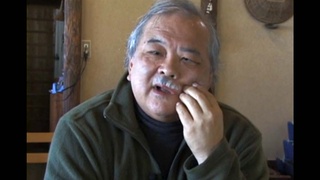
Grandmother's influence on decision to go to Japan
(b.1942) Japanese American ceramist, who has lived in Japan for over 30 years.
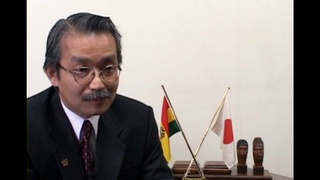
A Possible Path towards Happiness… (Spanish)
(1958-2014) Former Bolivian Ambassador to Japan
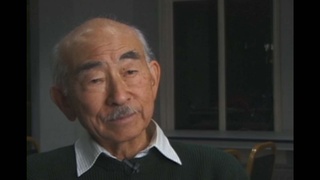
Neighbors' sympathy after Pearl Harbor
(1915 - 2011) Nisei florist who resettled in New York City after WW II. Active in Japanese American civil rights movement
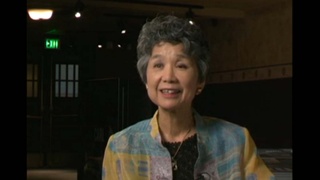
Interest in Japanese migration studies (Japanese)
Tsuda College President, researcher of Nikkei history

What is Nikkei? (Japanese)
Tsuda College President, researcher of Nikkei history

Learning from Nikkei (Japanese)
Tsuda College President, researcher of Nikkei history
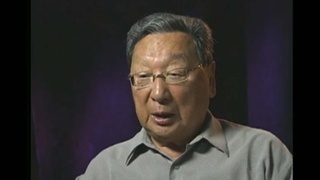
Japanese Canadians get the right to vote in 1949
(b. 1928) Doctor. Former Chair of the Japanese Canadian Redress Foundation.

Nickname
(1926 - 2012) Scholar and professor of anthropology. Leader in the establishment of ethnic studies as an academic discipline

Context affects meaning
(1926 - 2012) Scholar and professor of anthropology. Leader in the establishment of ethnic studies as an academic discipline
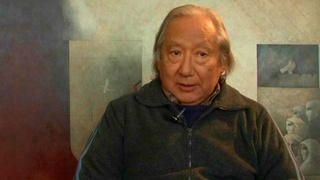
Memories of my infancy: Japanese 1, Japanese 2… (Spanish)
(b. 1932-2016) Peruvian painter

Testing assumptions of Japanese scholars
(1926 - 2012) Scholar and professor of anthropology. Leader in the establishment of ethnic studies as an academic discipline
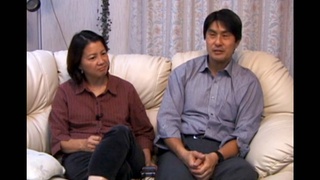

Mistreating the Japanese community (Spanish)
(b. 1932-2016) Peruvian painter

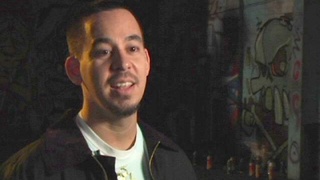

Discover Nikkei Updates


See exciting new changes to Discover Nikkei. Find out what’s new and what’s coming soon!
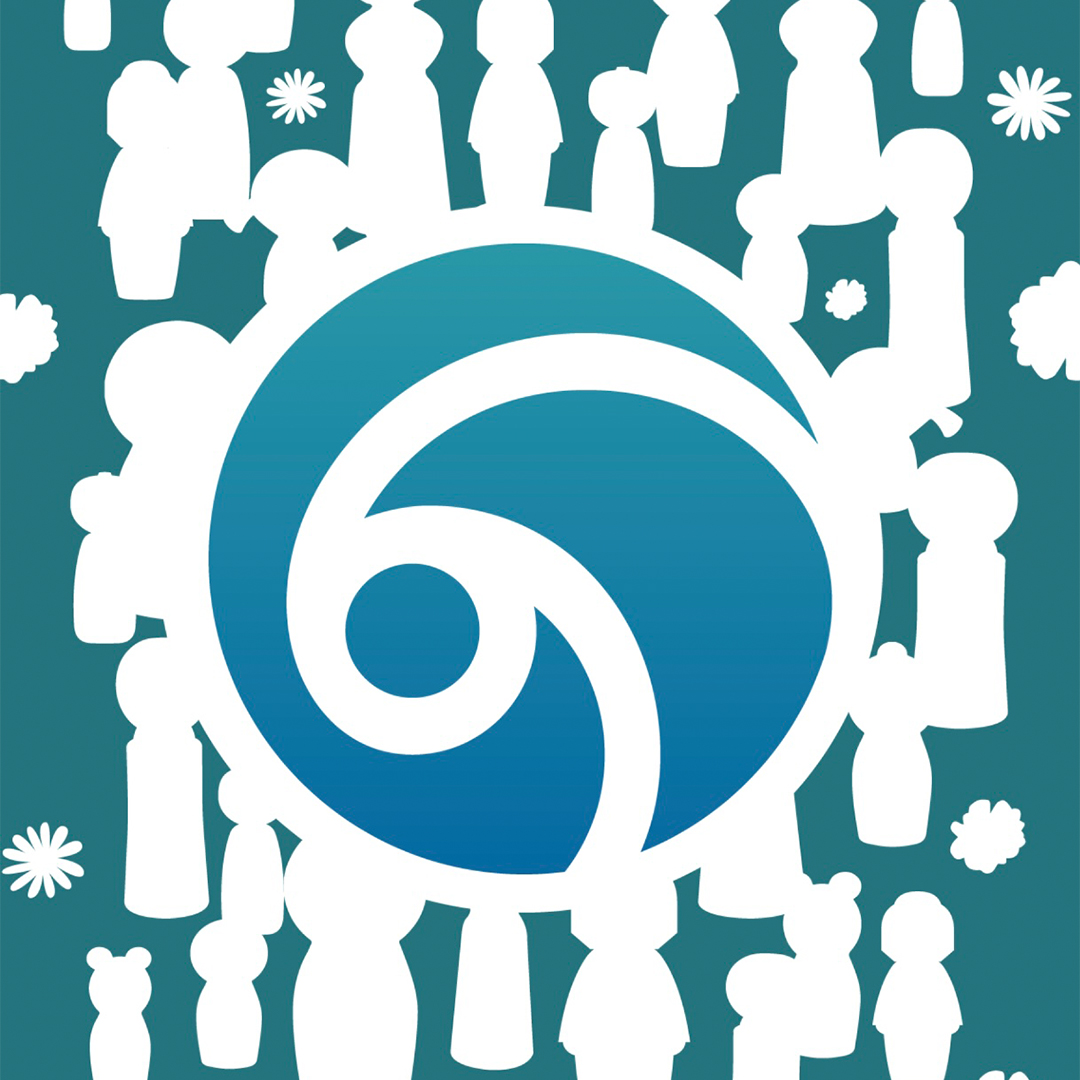
Follow us @discovernikkei for new site content, program announcements, and more!
